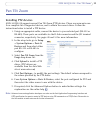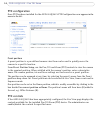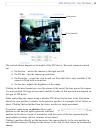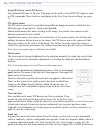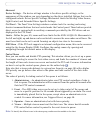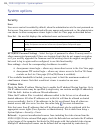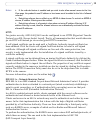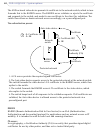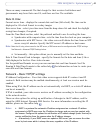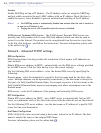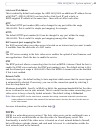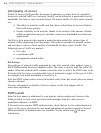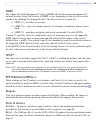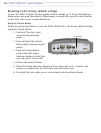
41
AXIS 241Q/241S - System options
There are many commercial CAs that charge for their services. Institutions and
governments may have their own CA, and there are free CAs available.
Date & time
Current server time - displays the current date and time (24h clock). The time can be
displayed in 12h clock format in overlay images.
New server time - select your
time zone from the drop-down list and check the daylight
saving time changes, if required.
From the Time Mode section, select the preferred method
to use for setting the time:
• Synchronize with computer time - sets the
time from the clock on your computer.
• Synchronize with NTP Server - the video server will obtain the time from an NTP
ser
ver every 60 minutes. Specify the NTP server's IP address or host name.
Note:
Note that if using a host name for the NTP server, a DNS server must be configured under TCP/IP settings.
See Network > Advanced TCP/IP Settings below.
• Set manually - this option allows you to manually set the time and date.
Date & Time Format Used in Images - specify the formats for the date and
time (12h or
24h) displayed in the Live View video streams.
Use the predefined formats or use your own custom date and
time formats. See File
Naming & Date/Time Formats in the online help for information on how to create your
own date and time formats.
Network - Basic TCP/IP settings
IP Address Configuration - Your Axis video server supports both IP version 4 and IP
version 6. Both versions may be enabled simultaneously; at least one version must be
enabled.
When using IPv4, the IP address can be set automatica
lly via DHCP, or a static IP address
can be set manually.
If IPv6 is enabled, your video server receives an
IP address according to the configuration
in the network router.
There are also options for setting up notification of changes in the IP
address, and for
using the AXIS Internet Dynamic DNS Service. For more information on setting the IP
address, please see the online help .
Notes:
• DHCP is a protocol for automatic IP address assignment on a network. IP address
assignment via DHCP may cause the IP address to change and you may lose contact with
the camera. Configure the options for notification of IP address change (under Services) to
receive notification from the camera when the IP address changes.
• Alternatively, if your DHCP server can update a DNS server, you can access the video
server by host name which is always the same, regardless of the IP address.



